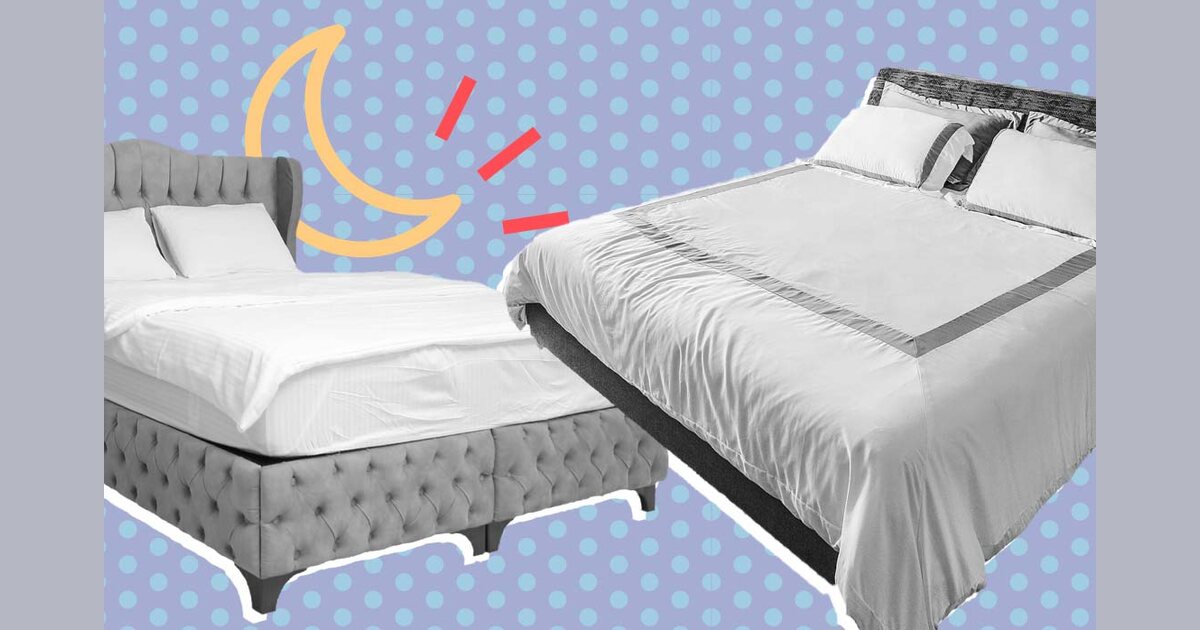Have you heard of the Scandinavian sleep method? It’s a fascinating trick couples are using to save their marriages and get better shut-eye. Let’s dive in!
This trend originates from Denmark, Norway, and Sweden, has garnered praise from couples seeking a harmonious night’s rest despite differing sleep habits.
The innovative approach involves using two twin-sized blankets instead of a single large one, with some enthusiasts claiming it could be a marriage-saving solution.
Is The Scandinavian Sleep Method Effective?
Influencer Erica Stolman Dowdy, in a widely viewed video with over 3.3 million views, demonstrates the method’s effectiveness. She transforms her bed by outfitting each half with its own single-person-size comforter, deviating from the conventional one-size-fits-all approach.
Describing it as a “game changer,” she attributes her inspiration to a trip to Copenhagen, Denmark, where she discovered the sleep hack.
While the Scandinavian sleep method primarily targets sleep quality, Dowdy also adds a touch of aesthetics to her bedding with “fun colors.” This visual appeal complements the practicality of the technique and enhances the overall bedroom ambiance.
Many of her followers have shared their positive experiences with the method, testifying to its efficacy in improving co-sleeping arrangements. Some emphasize that once you’ve tried two comforters, reverting to a single one becomes inconceivable.
Others, with long-standing practices of using separate blankets in their relationships, have chimed in to support the method’s success.
The rationale behind this approach lies in acknowledging that partners often have different body temperatures and sleep needs. Sharing a single blanket can result in disturbances during the night or one partner monopolizing the comforter.
The Sleep Foundation notes that such discrepancies can disrupt sleep patterns and lead to frequent awakenings.
Instead of resorting to a “sleep divorce,” an emerging trend where couples opt to sleep in separate rooms, the Scandinavian sleep method offers an alternative.
By accommodating individual preferences and physical characteristics, it aims to bridge the gap between partners with dissimilar sleep habits, potentially preventing sleep-related conflicts and preserving the intimacy of shared slumber.
In summary, the Scandinavian sleep method has gained popularity as a practical and relationship-friendly approach to bedtime harmony. By providing each partner with their own blanket, it addresses the diverse sleep needs and preferences that can strain couples’ rest.
The positive experiences and endorsements from individuals who have adopted this method suggest that it could indeed be a marriage-saving solution for those seeking tranquility in their nocturnal routines.








Leave a Reply
You must be logged in to post a comment.